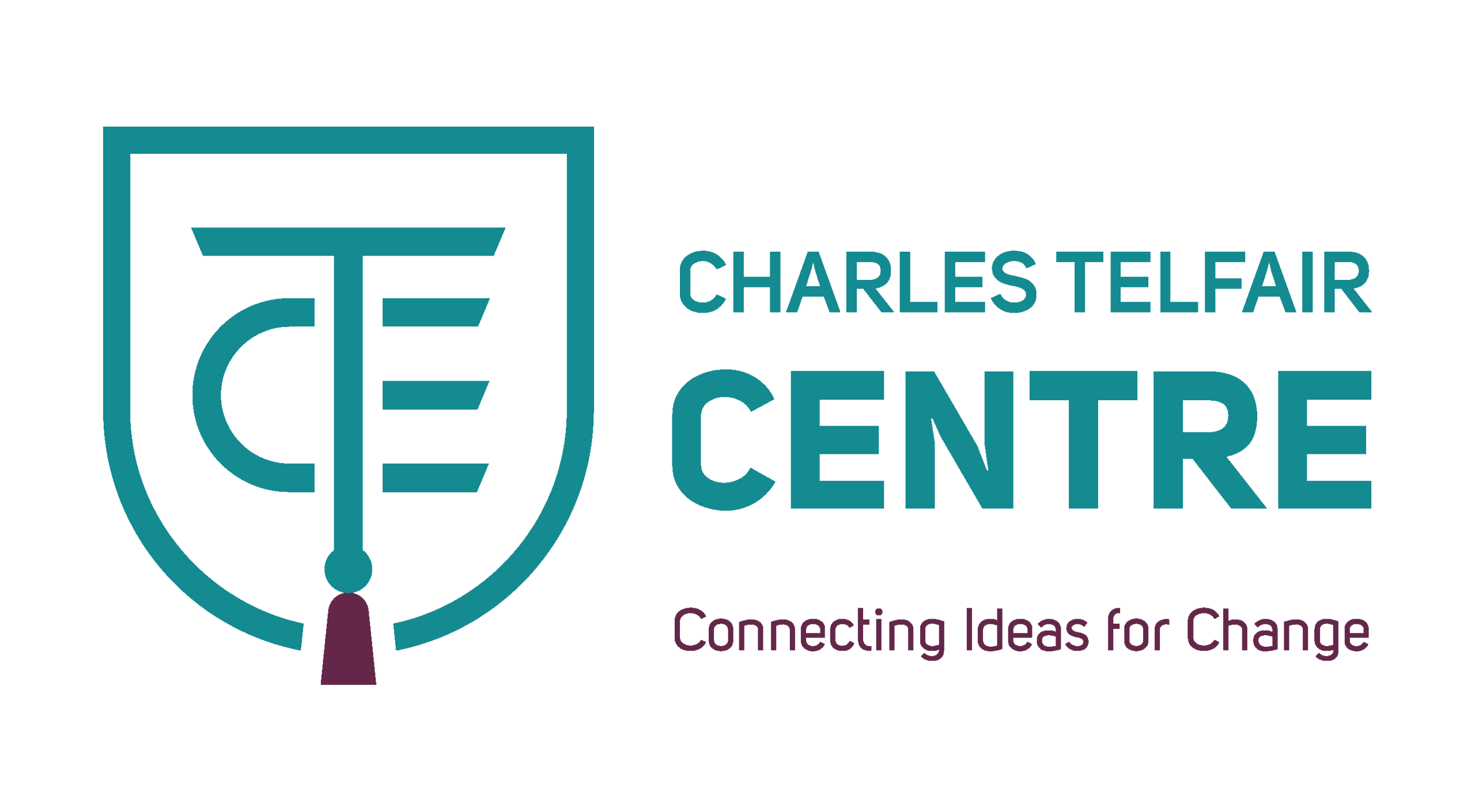Efosa Ojomo, Senior Research Fellow at the Clayton Christensen Institute, is a co-author of The Prosperity Paradox: How Innovation Can Lift Nations Out of Poverty.
Lincoln Wilcox, Research Associate at the Clayton Christensen Institute.
BOSTON – Africa is often regarded as a risky place to do business. There are success stories, like Safaricom, Flutterwave, and Kobo360. But investors tend to view them as anomalies: the fact that they are thriving, despite pervasive poverty, political instability, and widespread corruption, is a matter of luck, not proof that Africa is a “safe” investment destination.
These perceptions explain why, though Africa is home to 17% of the world’s population, its innovators received just 4.4% of global foreign direct investment in 2020. Unless they change, Africa will continue to suffer – and investors will miss lucrative opportunities.
It is true that the African business environment is challenging. But that is true of all low- and middle-income countries, including the United States at the beginning of the twentieth century. When Henry Ford proposed his Model T – an affordable car for the masses – many of his investors balked. The US lacked the necessary infrastructure, including paved roads, gas stations, and repair shops. And the average American couldn’t afford a car, anyway.
The investors who pulled out of Ford’s project probably lived to regret it. Ford didn’t simply manage to overcome the obstacles they had cited; he leveraged them to his advantage. Instead of fighting for a share of an existing market, he created a new one out of consumers who hadn’t traditionally purchased cars. And he generated countless jobs in the process.
Market-creating innovations like the Model T thus create prosperity for both the organizations behind them and the societies in which they are launched. Because they democratize access to previously exclusive products, investors, entrepreneurs, and consumers all have an interest in their success.
Africa today is rife with opportunities for market-creating innovations. The question is whether seizing them requires betting on luck, as investors seem to assume, or on strategies that can reliably enable companies to avoid the pitfalls of the operating environment. Our research points to the latter.
We studied 100 market-creating organizations (39 African), and found remarkable similarities in their strategies. A core challenge is figuring out how to serve populations that historically haven’t been able to purchase certain products. Every organization we studied overcame that challenge by identifying traditional barriers to consumption – such as cost, inconvenience, or complexity – and actively dismantling them.
In every case, success depended on a willingness to defy convention. Innovative business models accompanied innovative products, with companies devising targeted strategies that enabled them to meet their customers’ needs and keep their own costs down, thereby clearing a path toward profitability.
Copia, a Kenyan e-commerce start-up, is a case in point. Copia’s founders recognized that rural populations in their country were often unable to purchase even basic goods, because supermarkets were too far away and the products they sold were often too expensive. Rural consumers didn’t have the time or money to spare.
So, Copia created a business model tailored to consumers’ specific needs: it purchases supplies directly from manufacturers and distributes them through a network of agents based in rural areas, such as hairdressers or tailors. To avoid tying up money in inventory, Copia purchases only what consumers have preordered via their local agent. Transactions take place through mobile money platforms. All of this enables Copia to keep prices low and turn a profit.
To make its business model work, Copia had to take on tasks that conventional supermarkets do not, such as finding and training local agents, navigating poorly developed infrastructure, and advertising via radio. But, just like Ford, its reward is the creation of a new market with no real competition. “There are a number of great e-commerce businesses, but their focus is on the urban, salaried consumer,” CEO Tim Steel said in a recent interview. “Our focus is, and will always be, the underserved low-to-middle-income consumer. We want to make sure our model works for them.”
Another commonality among market-creating companies is their willingness to take responsibility for gaps in infrastructure that might hinder their ability to reach new consumers. In fact, 87% of the organizations in low-income countries we studied integrated tasks that might ordinarily be undertaken by other companies or the government.
Metro African Express, a Nigerian ride-hailing company that uses motorcycles, actually turned infrastructure gaps into a competitive advantage, as co-founder Adetayo Bamiduro put it. Unlike conventional ride-hailing companies, MAX had to create a powerful support system, in order to secure enough drivers.
For starters, MAX created a system for drivers to become licensed. Moreover, by using its own transaction data to build credit histories for its drivers, and creating a network of credit providers, MAX helps its drivers to access financial services – which in turn can enable them to purchase their own motorbikes.
Yes, being the first to arrive in an untapped market of middle-class consumers would be a great way for a business to make a lot of money. But, as countless firms have shown, it is hardly the only way. By developing innovative business models – which dismantle or surmount barriers to consumption and integrate unconventional activities – companies can meet customers where they are and create lucrative markets.
The narrative about doing business in Africa needs to be revised. Given the myriad products and services that remain unattainable, opportunities for market-creating innovation abound. Africa’s innovators are working hard to seize those opportunities. Investors would do well to support them.
The Charles Telfair Centre is non-profit, independent and non-partisan, and takes no specific position. All opinions are those of the authors/contributors only.
This article was originally published by © Project Syndicate 2021 and is not under a Creative Commons Licence.
Main Photo by Frederik Schweiger on Unsplash

